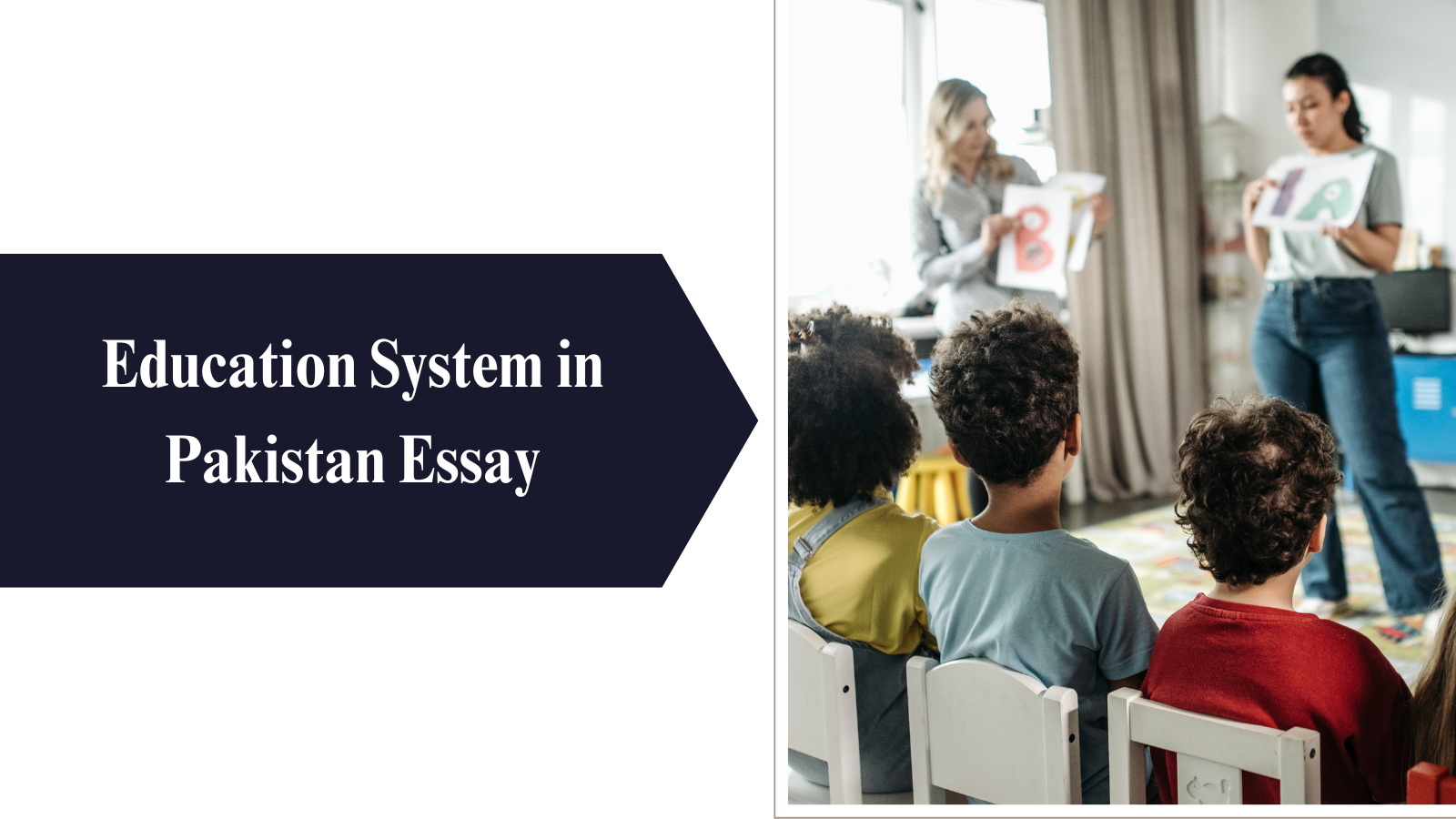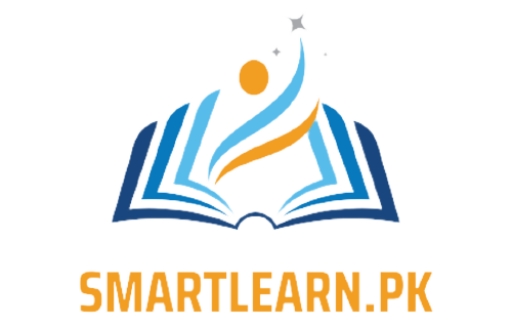This essay provides a simplified overview of Pakistan’s education system, highlighting its structure, literacy rates, and the challenges it faces. It emphasizes the need for significant improvements to ensure quality education for all children in the country.

Education System in Pakistan Essay
The Federal Ministry of Education and the provincial governments in Pakistan manage the country’s education system. The federal government mainly helps with developing the curriculum, giving accreditation, and funding research and development. The education system has six levels: preschool (ages 3-5), primary (grades 1-5), middle (grades 6-8), secondary (grades 9-10, ending with the Secondary School Certificate or SSC), intermediate (grades 11-12, ending with a Higher Secondary School Certificate or HSSC), and university programs for undergraduate and graduate degrees.
As of 2022, 72% of people in Pakistan can read and write. The literacy rate is higher for men (81.22%) than for women (54.71%). However, these rates can vary. For example, in tribal areas, only 9.5% of women can read and write, while in Azad Kashmir, the literacy rate is 74%. Pakistan has the second-highest number of children not in school (22.8 million) in the world, after Nigeria.
Pakistan’s education system faces many challenges. These include a low literacy rate compared to other countries, high unemployment among educated young people (over 31% are jobless), and fewer job opportunities for women compared to men.
Pakistan’s education system is complex and has changed a lot over the years. The government has tried to improve it, but there is still much work to do to make sure every child in Pakistan can get a good education.
How to improve education system in pakistan essay
Making Pakistan’s education system better is a big job that needs to solve many important problems. Here are some ideas from different sources:
- Same Curriculum for All: All schools should teach the same things, no matter how rich or poor they are. This will make the education system fairer and more united.
- Training for Teachers: The government should hold seminars and set up institutes to train teachers to teach better. Also, programs that give money to train teachers can make education better.
- More Education in Rural Areas: Extra efforts should be made to promote education in rural areas where fewer people can read and write.
- More Money for Education: Every year, more money should be given to education to build more schools and make education better.
- Practical and Performance-based Marking: Exams should not only be based on the syllabus; instead, there should be more practical and performance-based marking.
- Use of Technology: Using digital systems to keep track of staff, students, and school buildings can help solve problems like teachers not coming to school and not having reliable information about the school.
- Working with NGOs: The growing number of non-governmental organizations (NGOs) working in Pakistan to improve education can be used for better results.
Making Pakistan’s education system better needs a complete approach that solves its many challenges. It needs not only changes in policy and buildings but also a change in culture towards valuing education and recognizing its important role in the development of the country.
